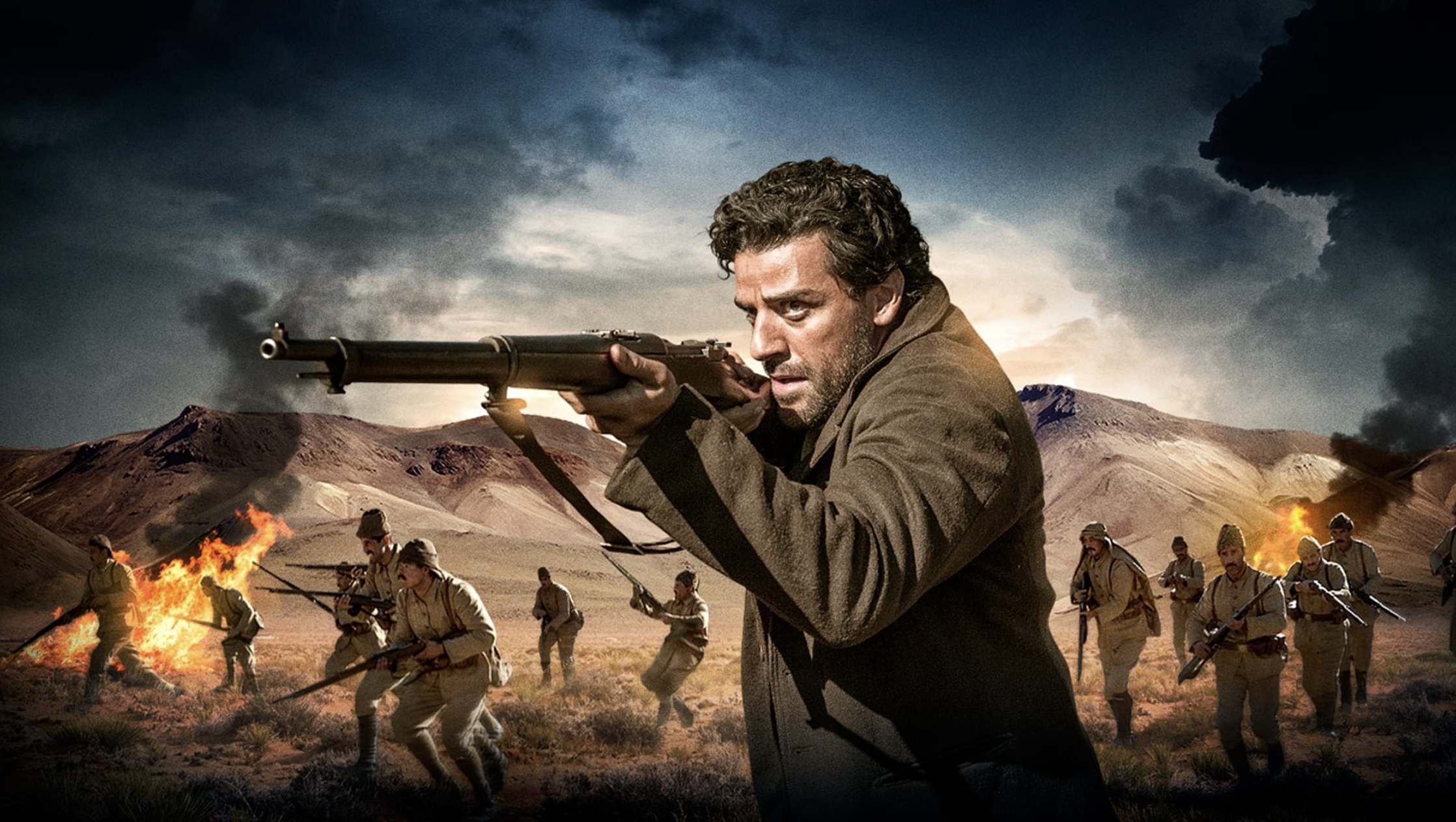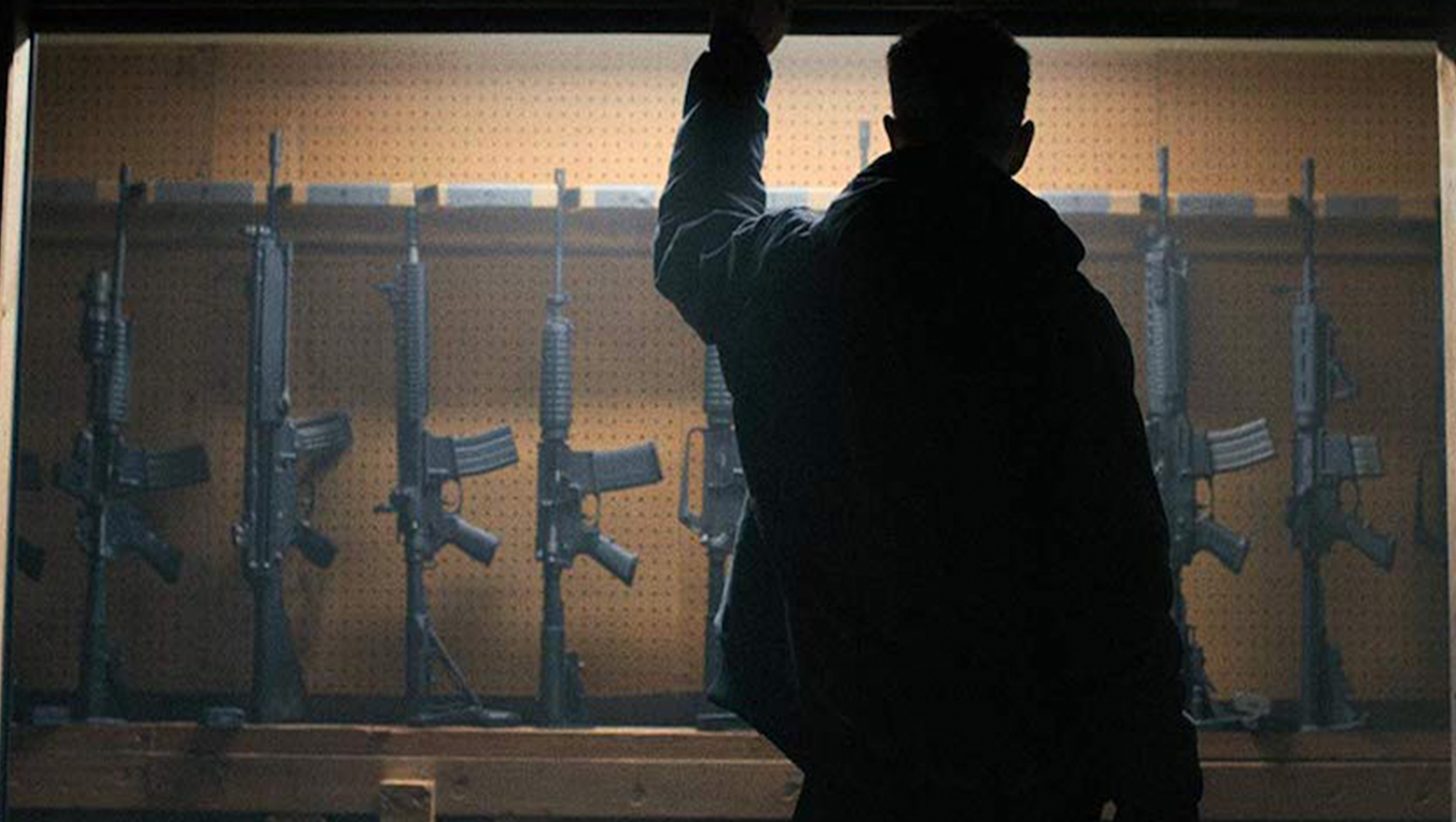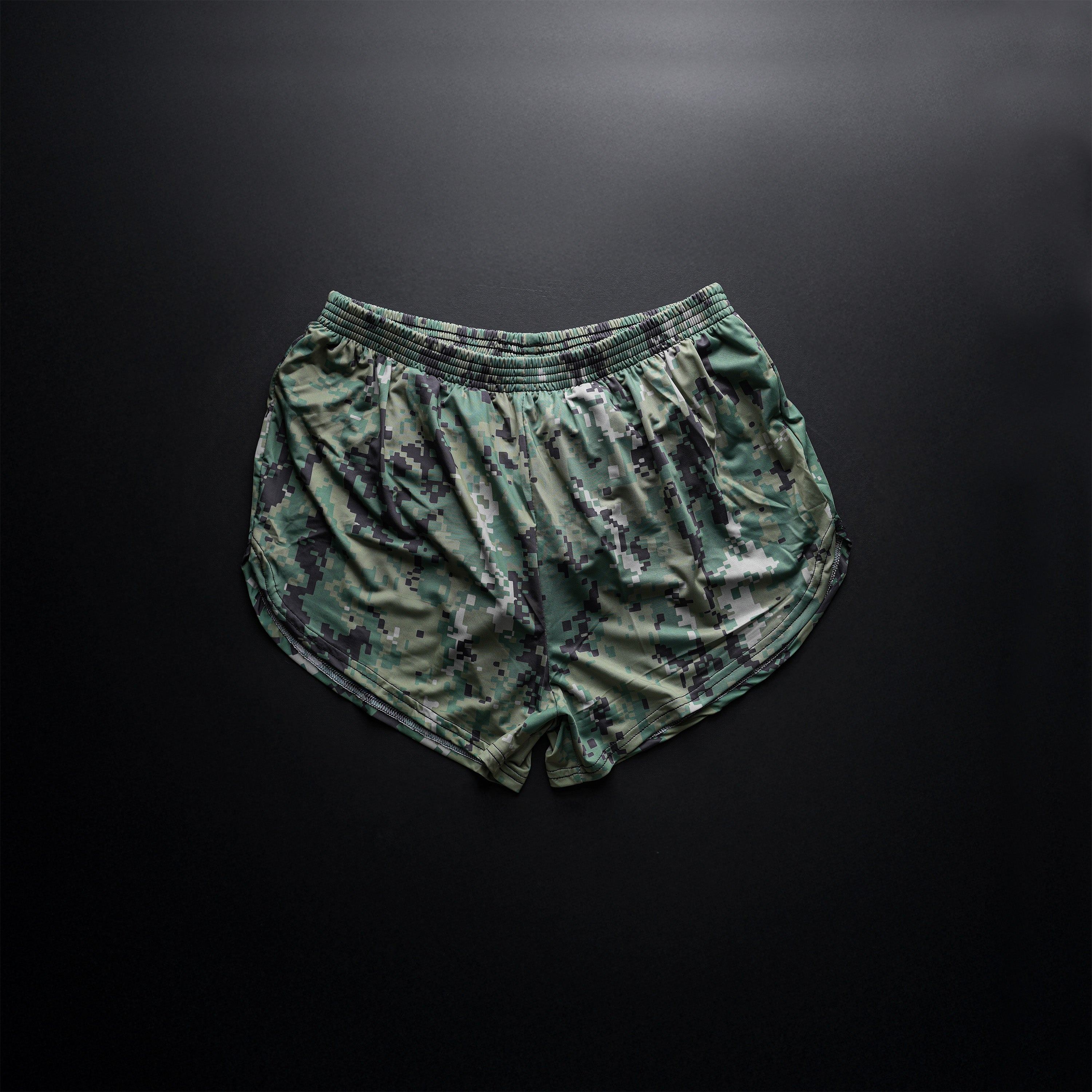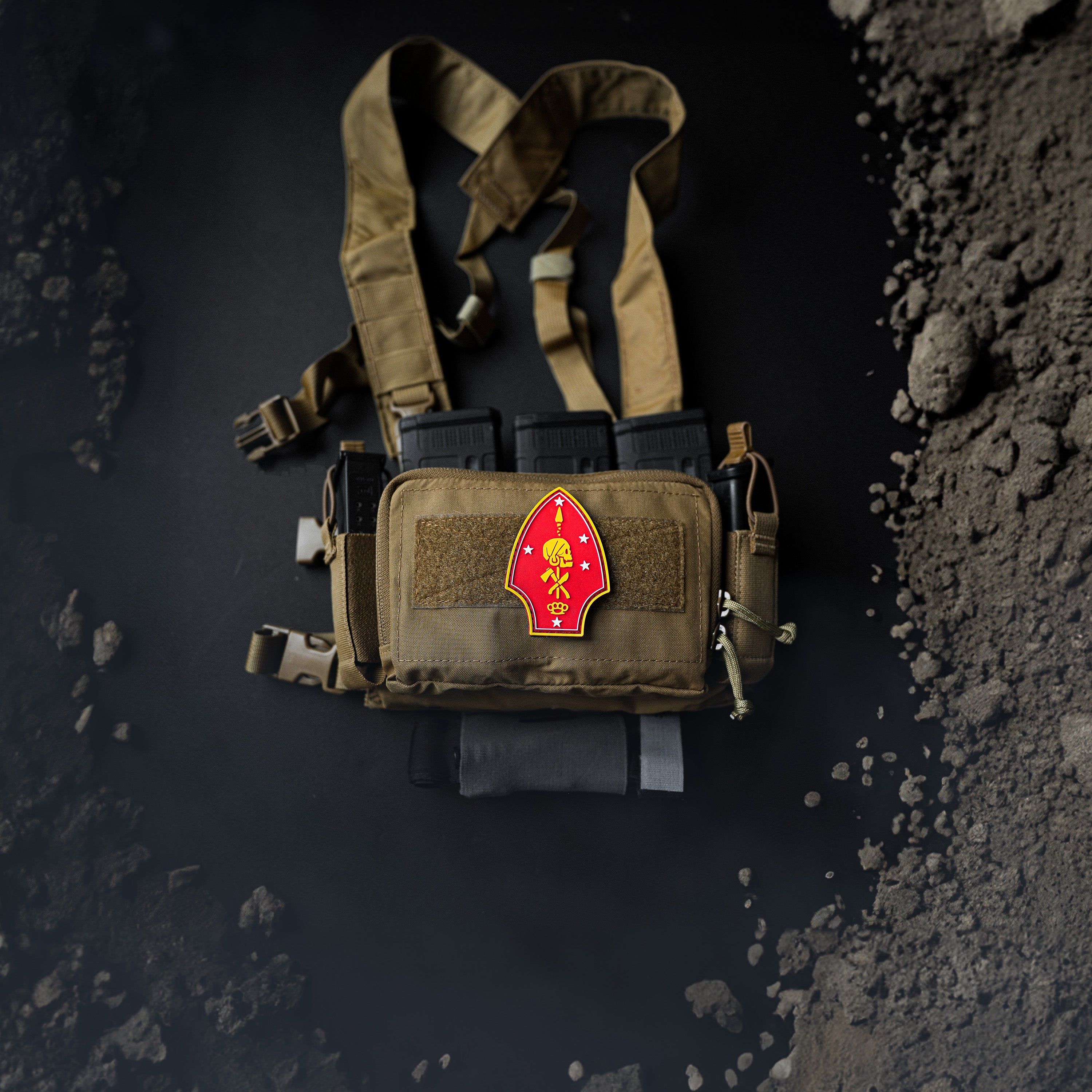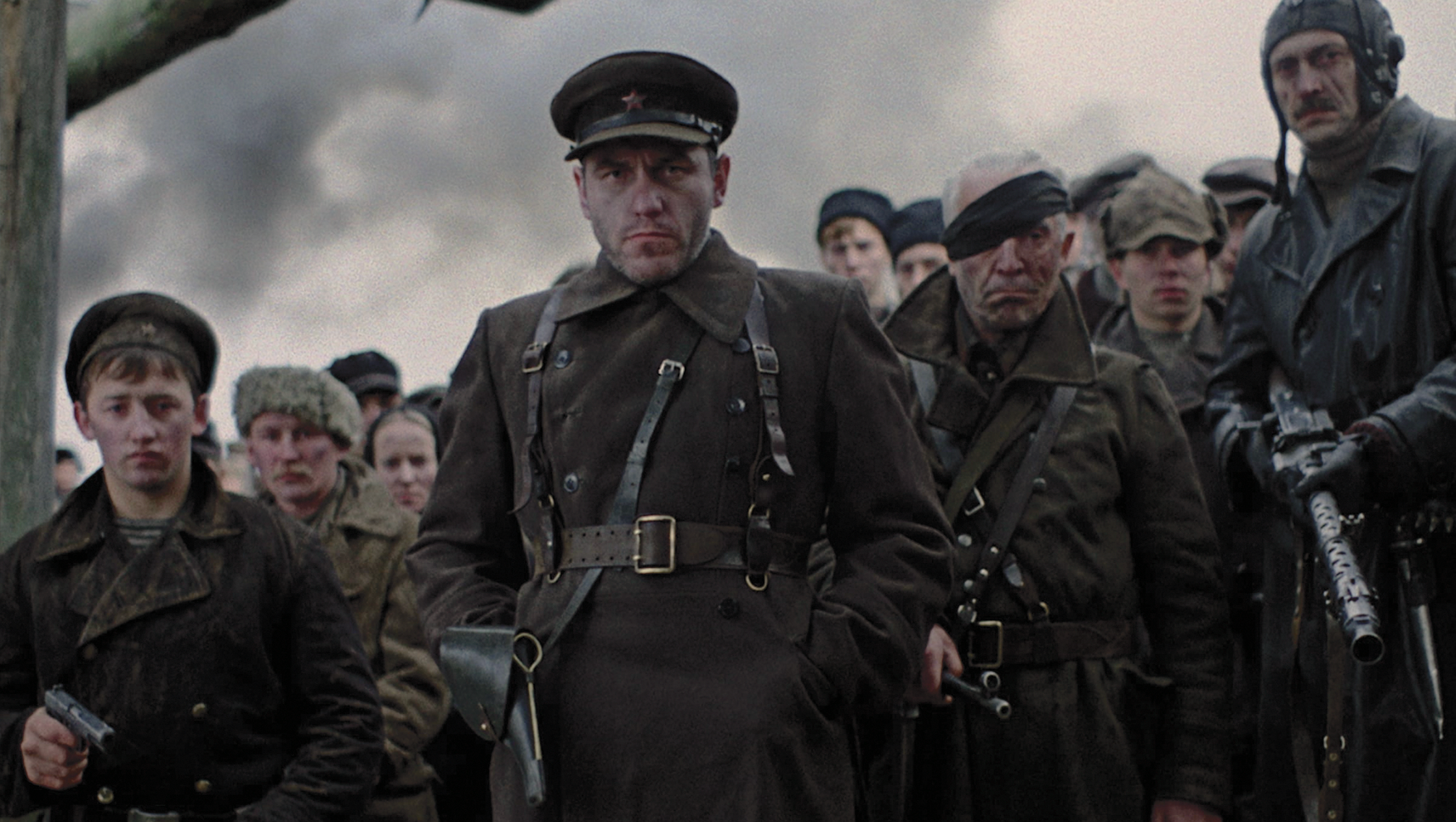
Film Review: Come and See

Come and See is a 1985 Soviet war drama, which takes place in the rural countryside of Nazi-occupied Belarus in 1943. The film follows a teenaged boy named Florya, who we’re introduced to as he digs up an SVT-40 rifle from a razed Red Army position so he can have a weapon that will serve as his ticket into the partisan fighters. What follows is Florya’s harrowing journey to resist and survive the brutal occupation as a young partisan who is separated from his companions fairly early on in the film.
It was described to me as a Soviet analogue to Apocalypse Now, which helped me get my bearings before watching. It has a dark, hallucinatory, and sometimes (intentionally) confusing atmosphere blended with hyperrealism. When I say hyperrealistic, I mean they fired live rounds at actors. Written and directed by a Stalingrad native and a former partisan insurgent, this piece of cinematic art is not for the faint of heart.
I found Come and See scarier than any horror film I’ve watched. A directors’ tactic I seem to be impervious to is when something is left off-screen to let the audience’s own fear of the unknown do the work. You’ve probably experienced it; a monster chasing a protagonist while out of view, hearing screams inside a torture chamber, that sort of thing. I often find myself unphased by the tactic but not in this film. You don’t want to see the process of what you see now come to be, and you definitely don’t want to see inside that building.

Adding to the film’s frightening atmosphere is the way in which it portrays German soldiers. The film doesn’t present them as having supernatural powers like in a historical horror movie but they seem less like soldiers and more like phantoms just by how they operate. Their indirect presence looms for most of the film until they unmask at the end; where the film holds nothing back. As disturbing as the movie is, it is an essential piece of history. This is how our old Nazi foes should be remembered.
Perhaps the most unsettling aspect of the film is that the events depicted are well grounded in historical accuracy. Like most Americans, I had plenty of relatives who served on the western front in WWII, but I had little perspective on the eastern front besides media depictions like Enemy at the Gates. That changed in college. I attended a course titled Genocide, War Crimes, and the Law taught by Richard O’Meara, a retired Brigadier General who served as an infantryman in Vietnam before becoming a JAG officer. One of our assigned readings was Hitler’s Army by Omer Bartov. Among other things, the book explains just how savage conditions were in the East as the German military was thoroughly fanaticized. With that in mind, Come and See is much more closely aligned to what we learned in class than anything I’ve seen.
Watching this film may give pause to people who subscribe to the barracks bro school of thought in military ethics. A toxic aspect of online veteran communities is a flippant attitude toward war crimes. Now look, I’ve laughed at some pretty edgy memes in my day, some of which I cringe at now, but I’m not necessarily taking aim at veterans’ gallows humor. Those familiar with online veteran spaces know there are personalities who explain away atrocities as an inevitable and necessary part of war. Some characters even go as far as rehabilitating the reputations of suspected perpetrators out of a strange sense of kinship they seem to feel for them. It is foolish to play fast and loose with acceptable conduct at war because the events depicted in the film are the logical conclusion.
That said, Come and See is sometimes described as an “anti-war” film by reviewers online, a description I disagree with. The events portrayed show a glaring example of when responding with violence is not only justified but a moral necessity. On the flip side of that coin, it does conclude with a wholesome lesson. If your response to your enemy’s unnecessary cruelty is more unnecessary cruelty, then you are one encounter with a real bastard away from becoming a bastard yourself. Retaining one’s humanity is paramount.
If you’re interested in watching, it’s free on Youtube, but the quality isn’t great. It’s also available on the Criterion Channel streaming service. Having seen it on both options, I’d say it’s worth the hassle of signing up for a free trial on Criterion.
7/15/21


